43 UMMA Objects
43 UMMA Objects

Chinese (Chinese (culture or style))
Mirror, "Marriage type" (with lobed rim and paired design motifs)
600 – 799
Museum purchase for the James Marshall Plumer Memorial Collection
1961/2.62
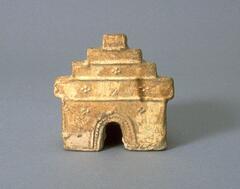
Chinese (Chinese (culture or style))
Stove and Kettle
600 – 632
Gift of the Friends of the Museum of Art and Helen B. Hall
1987/1.355
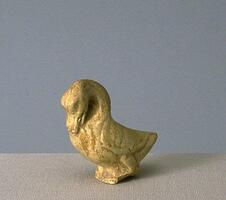
Chinese (Chinese (culture or style))
Duck
600 – 632
Gift of Willard A. and Marybelle Bouchard Hanna
1991/2.17
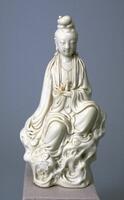
Chinese (Chinese (culture or style))
The Bodhisattva Guanyin
19th century
Gift of Willard A. and Marybelle Bouchard Hanna
1991/2.23
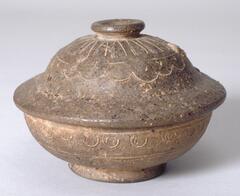
Korean (Korean (culture or style))
Cinerary urn with triangular circle-and-dot design
7th century
Gift of Mrs. Caroline I. Plumer for the James Marshall Plumer Collection
1973/2.36A&B
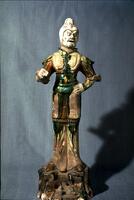
Chinese (Chinese (culture or style))
Warrior
667 – 732
Transfer from the College of Architecture and Design
1972/2.68

Chinese (Chinese (culture or style))
Buddha, standing, in vitarka mudra
7th century
Museum purchase for the James Marshall Plumer Memorial Collection
1964/2.97
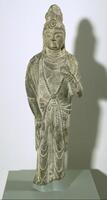
Chinese (Chinese (culture or style))
Bodhisattva
7th century
Gift of Dr. and Mrs. Paul Wang in Memory of Professor Shang-Yi Wang
1985/2.62

Korean (Korean (culture or style))
Storage Jar on cut-out pedestal foot
500 – 699
Gift of Bruce and Inta Hasenkamp and Museum purchase made possible by Elder and Mrs. Sang-Yong Nam
2004/1.174
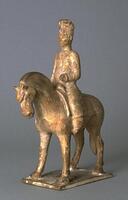
Chinese (Chinese (culture or style))
Horse and Rider
600 – 632
Gift of William Muschenheim
1987/1.149

Japanese (Japanese (culture or style))
Sueki ware hasô
567 – 699
Museum Purchase made possible by the Margaret Watson Parker Art Collection Fund
2002/1.231
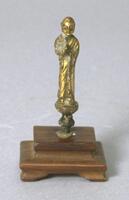
Chinese (Chinese (culture or style))
Standing figure of a monk, in anjalî mudrâ
7th century
Museum purchase for the James Marshall Plumer Memorial Collection
1961/2.72
Loading…
